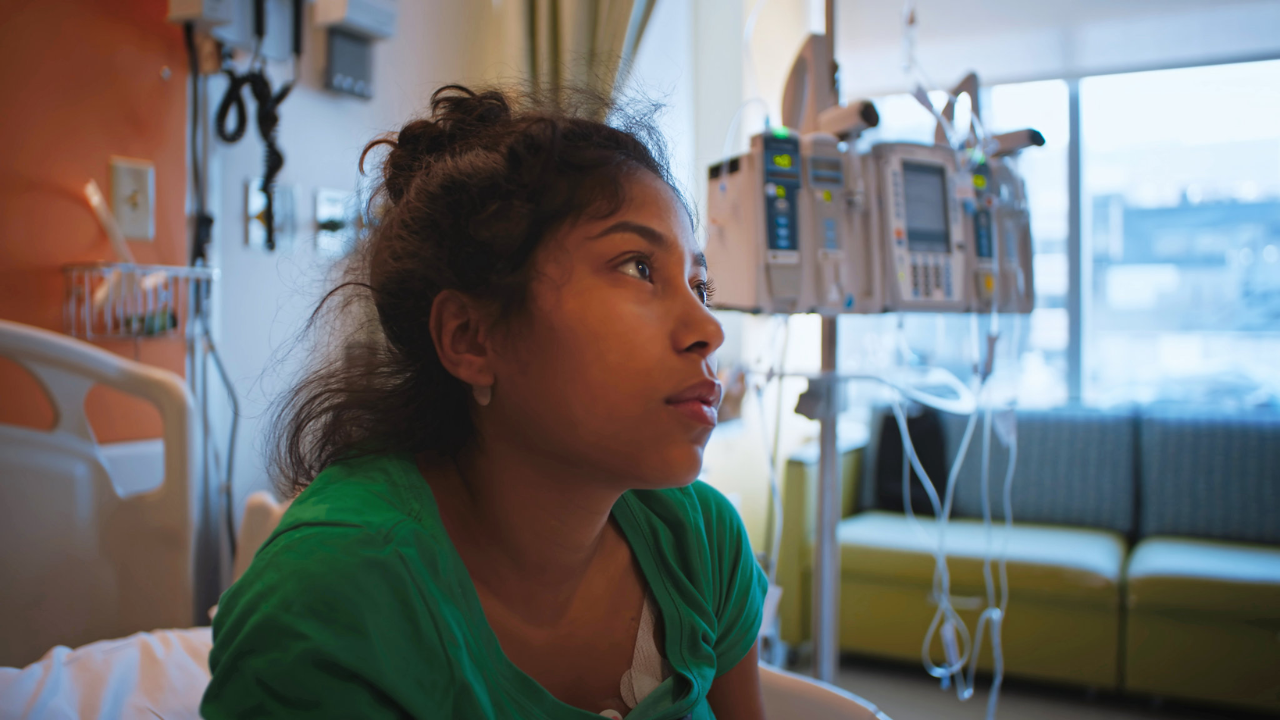A New Jersey teenager has become one of the first patients in the state to live pain-free after receiving an innovative gene therapy treatment for sickle cell disease, a painful and potentially life-threatening blood disorder.
Eighteen-year-old Gerald Quartey had battled sickle cell disease since birth. This inherited condition causes red blood cells to become misshapen and rigid, forming a “sickle” shape that can block blood flow. The result is severe pain, frequent hospitalizations, and serious complications including organ damage.
Gerald’s life changed dramatically after receiving a one-time gene therapy called lovotibeglogene autotemcel marketed as Lyfgenia at the Hackensack Meridian Joseph M. Sanzari Children’s Hospital. This treatment was approved by the U.S. Food and Drug Administration (FDA) in December 2023 and represents a significant breakthrough in sickle cell disease care.
How the Gene Therapy Works
Unlike traditional treatments that only manage symptoms, Lyfgenia targets the root cause of sickle cell disease. The therapy modifies the patient’s own blood stem cells to produce healthy hemoglobin, the protein responsible for carrying oxygen in the blood.
The process involves harvesting stem cells from the patient, using gene-editing technology to correct the defective gene, and then infusing the modified cells back into the patient after chemotherapy prepares the bone marrow to accept them.
This approach helps restore normal red blood cell function, reducing sickling and the painful crises commonly experienced by patients.
A Life-Changing Result
Since undergoing the treatment, Gerald has experienced a remarkable transformation. For the first time, he has been free of the severe pain episodes that dominated his life. The gene therapy has given him hope for a healthier future without the daily challenges and hospital visits caused by sickle cell disease.
“This is a game changer,” said Dr. Jennifer Puckett, a hematologist involved in Gerald’s care. “For patients like Gerald, this therapy offers the possibility of a real cure and improved quality of life.”
Cost and Accessibility Challenges
While the therapy represents a major advance, it comes with challenges. The treatment is complex and expensive, with costs reaching around $2 million in the U.S. Currently, the availability is limited, with only a handful of specialized medical centers offering it.
Experts emphasize the need for wider access and insurance coverage to ensure more patients can benefit from this lifesaving therapy.
Sickle cell disease affects an estimated 100,000 people in the United States, with the majority being of African or Hispanic descent. Traditional treatments have focused on managing symptoms rather than curing the disease.


